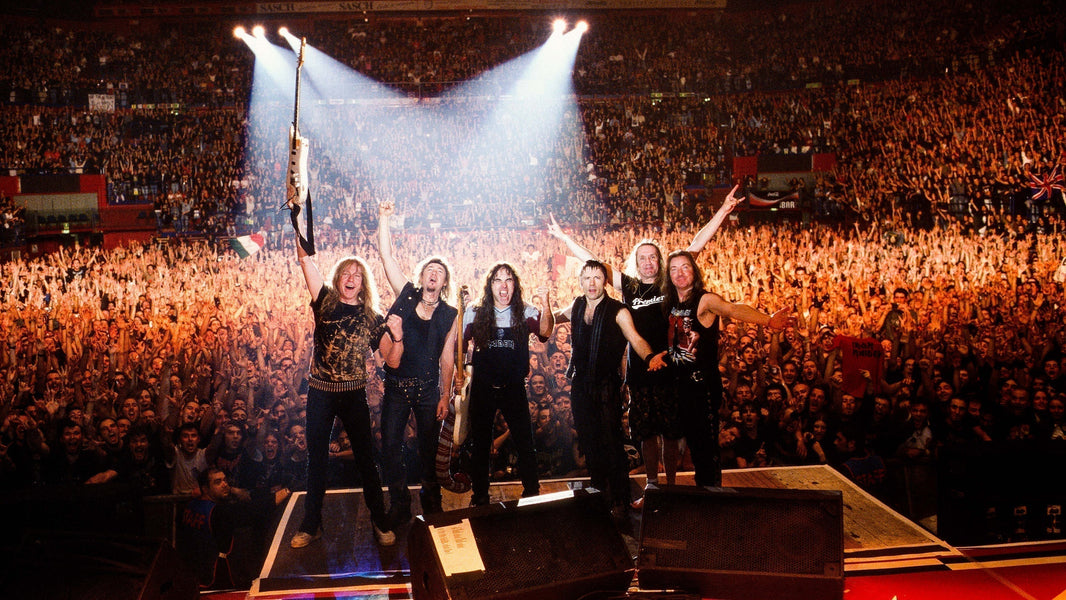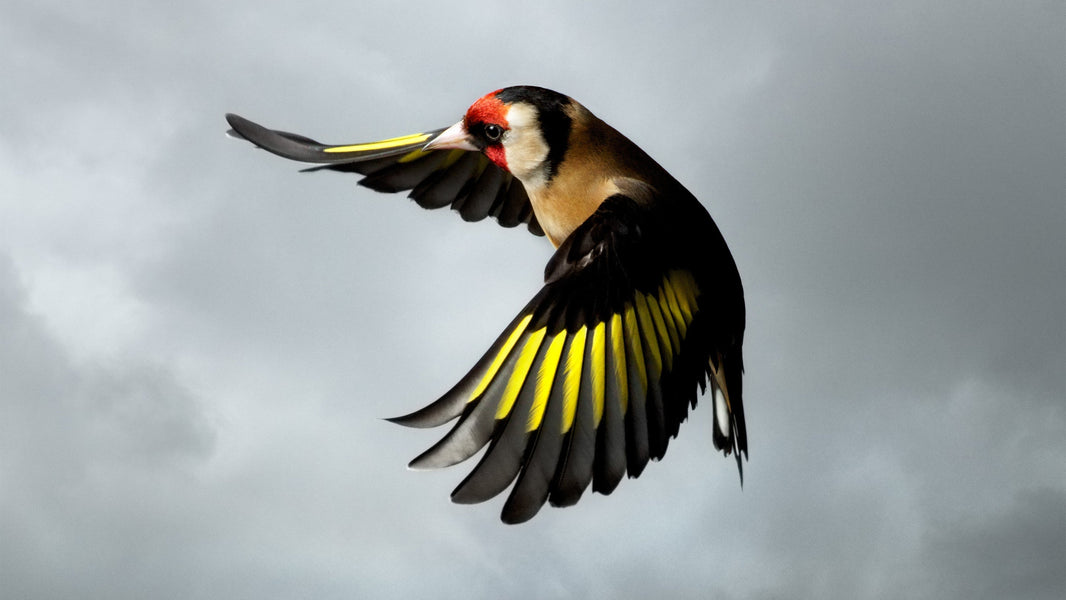© Roger Ballen. Omnipresent, 2022
For most of his career, Roger Ballen has focused primarily on black-and-white photography, having previously expressed no interest in using colour. That changed when Ballen was given a Leica SL as a gift in 2016. What followed was an artistic evolution by one of contemporary photography’s unique voices.
Roger Ballen: Spirits and Spaces is the first book to present his experiments in colour, a body of work that uses light in creative ways but remains grounded in the chaotic, absurd psychological space characteristic of his style. Created in conjunction with Ballen’s artistic director, Marguerite Rossouw, these new colour images create what might be seen by many as a world that is unexplainable in words: one in which chaos, comedy and tragedy apparently exist side by side.
To celebrate his new book, we spoke to Roger Ballen about his explorations in colour.
© Roger Ballen. Intruder, 2020
You’ve famously resisted working in colour for much of your career. What changed for you after receiving the Leica SL in 2016?
Roger Ballen: At the end of 2016, I reached out to Leica for recommendations on a camera to shoot a video for the Roger the Rat project. Generously, they provided me with a Leica SL and a 35–90mm zoom lens. This was the first time I had owned a camera capable of capturing colour photographs. As I worked on the video, I also took some stills, and to my surprise, I found myself favouring many of these colour images over my traditional black-and-white work.
I was surprised again in a 2018 art magazine interview when I expressed how pleased I was with my new colour images. I was struck by how quickly I adapted to the medium. As I delved deeper into colour photography, I began to appreciate how it adds a distinct ethereality and complexity to my work, enriching the psychological spaces within my images. Inspired by this newfound dimension, I gradually shifted to shooting primarily in colour, and by 2018, it had become my dominant focus. I found colour wasn’t a break but a continuation – almost like discovering colour hidden inside black and white. It didn’t change the core of my work; it deepened it. Colour heightens the ambiguity between what is real and what is staged; what belongs to the eye and what belongs to the mind.
© Roger Ballen. Leopard Lady, 2019
In Spirits and Spaces, you treat colour almost like a spirit: intangible and elusive. Does it occupy the same psychological space as your figures and symbols, and how does this change your view of reality compared to black and white?
Roger Ballen: On one hand, the addition of colour can be said to make these worlds feel both more and less ‘real’ –simultaneously more material and more supernatural. These could be perceived as physical spaces inhabited by spirits, with colour providing a sensory richness that renders the realms more tangible and three-dimensional.
On the other hand, colour contributes to the unreality, surreality, or otherworldliness of these spaces that I have photographed. Colour itself is a phenomenological, ‘spiritual’ experience. It can also cultivate elusive atmospheres. The muted, desaturated hues of these photographs belong to the world of the Ballenesque. This is a mental landscape, a place somewhere else: non-physical and beyond the ordinary. These are tinctures of a realm of bleakness or decay. At the same time, the occasional use of bright, primary colours creates a haunting, unsettling or eerie effect within this ‘otherworld’.
© Roger Ballen. Premonition, 2021
Light plays a key role in these new images. How did you approach lighting differently in this series?
Roger Ballen: My recent shift to using LED lighting instead of direct flash has further enhanced my work, enabling me to capture environments that go beyond flatness and monotony, revealing spaces with greater depth and multidimensionality.
Animals and Art Brut-like drawings continue to appear throughout your images. What role do they play in this new body of work?
Roger Ballen: In this body of work, animals and raw, Art Brut-like drawings act as extensions of the subconscious. They represent instinct, chaos and the parts of ourselves we struggle to control or even recognise. The pure presence of animals compels me. They do not perform – they just are. Humans, in contrast, are trapped in performance and societal roles; they are confined to their own psychological illusions, distortions or absurd rituals. In a way, the animals in my photographs are disarming because they cut through the artifice, letting a semblance of existential truth leak in.
Art Brut drawings are similarly natural, uncontrived expressions. They are unleashings of the psyche through the hand. Together, animals and Art Brut drawings create a visual language that speaks to the primal and psychological forces beneath the surface of the human mind.
© Roger Ballen. Perplexed, 2019
Humanity in your photographs often appears fragmented or obscured. What does this say about your perspective on the human condition?
Roger Ballen: The figures in my work are often described as being ‘fragmented’ and obscured, which I believe is a projection or externalisation of something people fear or refuse to see in themselves. It is actually the very application of this description by the audience onto these characters that reveals important truths of the human condition – that qualities such as vulnerability, madness, isolation and decay are often pushed to the margins of consciousness.
What would you like readers of Spirits and Spaces to take away from the experience of encountering these images?
Roger Ballen: I do not want to prescribe a ‘take-home’ message for the viewer. Rather, I want them to leave with an experience. I want the images to unsettle. I want to shift people into another psychological space, or perhaps a sense of being between spaces, or of being between worlds – a metaphysical ambiguity.
Roger Ballen: Spirits and Spaces is available now.
















